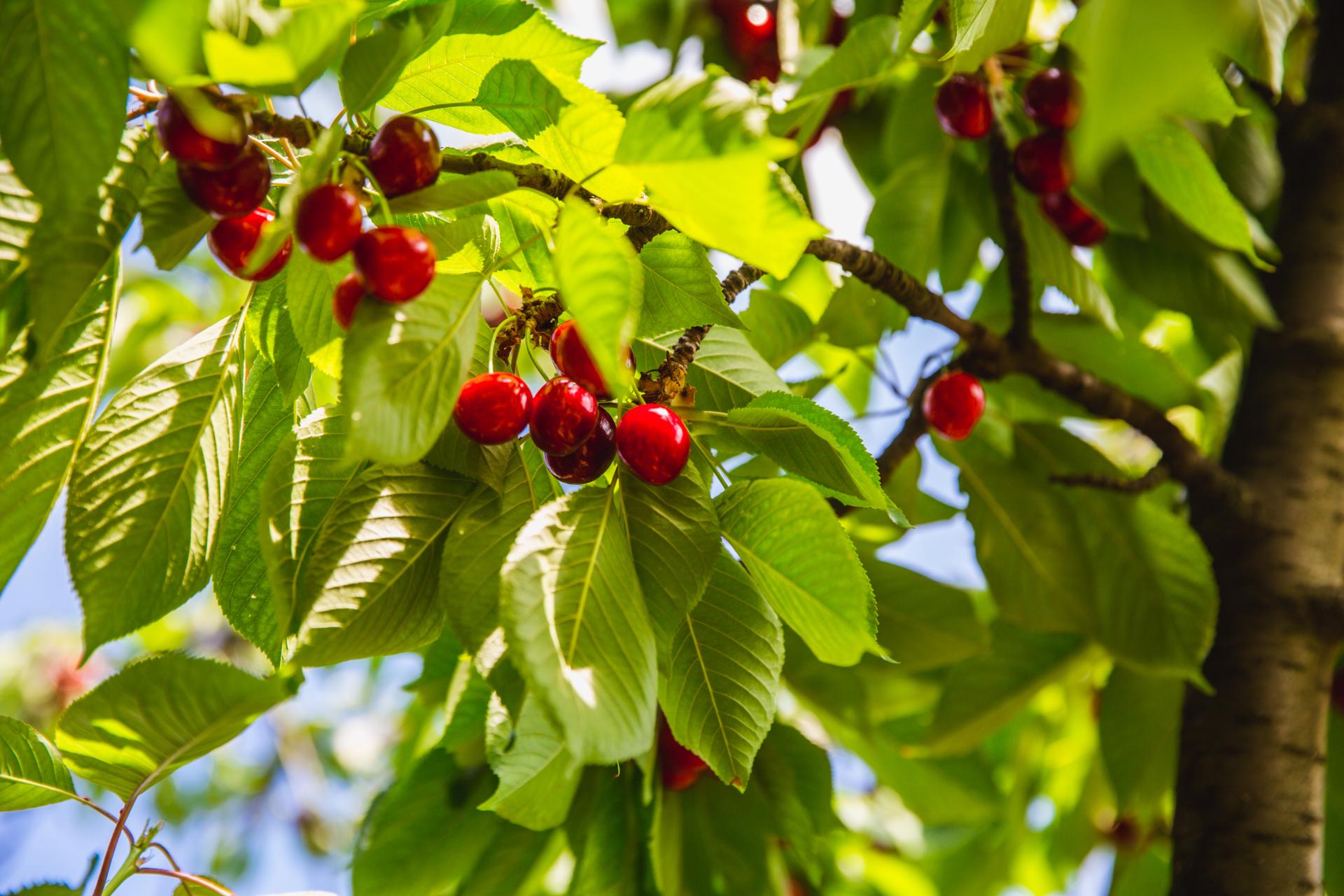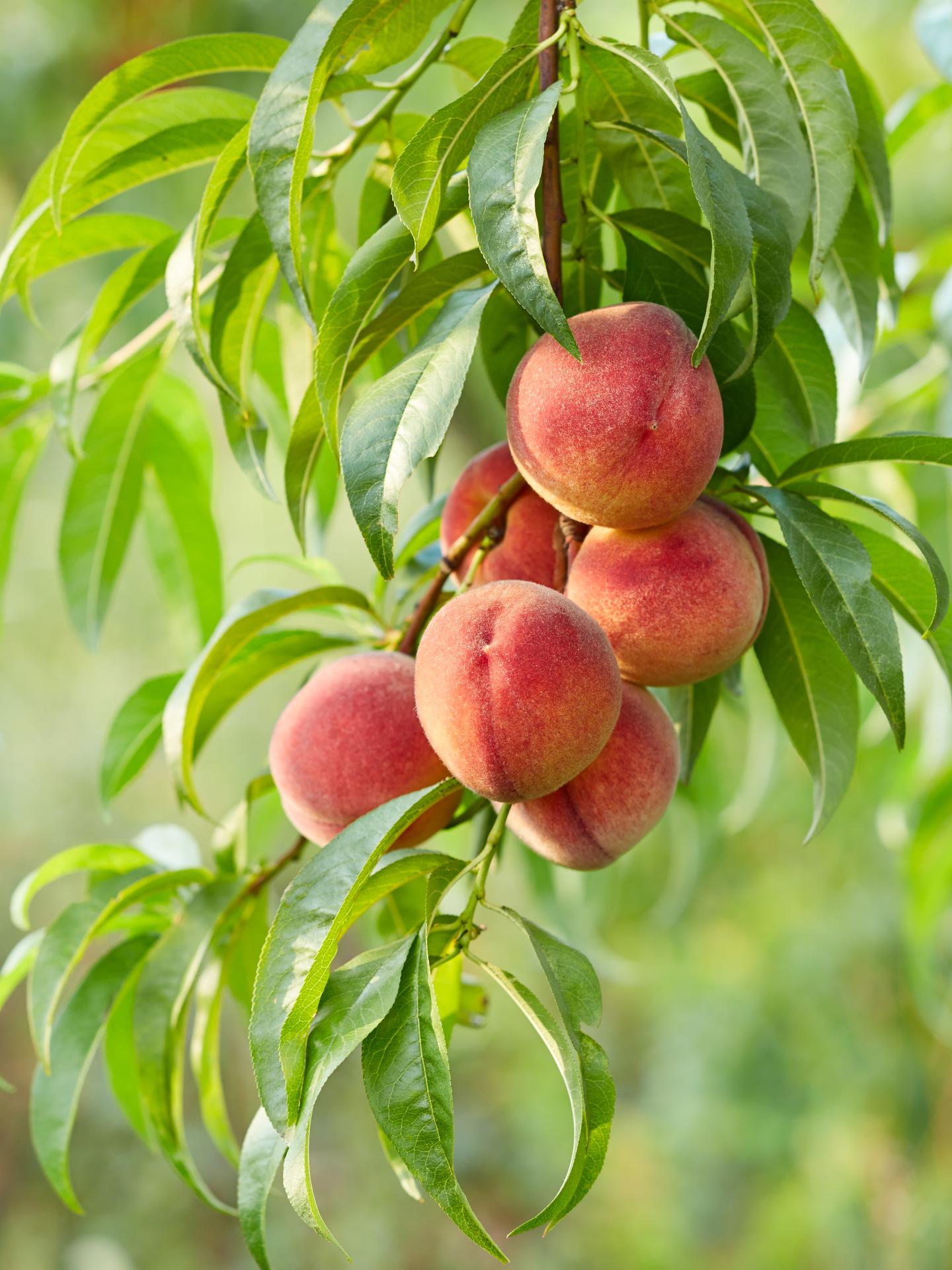
Ammonium: friend or foe to crops?

Nitrogen is an essential element for plant growth, but an excess of ammonium (NH₄⁺) can cause nutritional imbalances and lead to serious physiological disorders in crops. These imbalances negatively affect plant physiology and harvest quality, ultimately reducing yield and post-harvest shelf life. To prevent such issues, K‑Adriatica offers nutritional solutions like KAMAB 26, specifically formulated to rebalance plant nutrition and improve crop productivity.
Consequences of Ammonium Accumulation
Excess ammonium can lead to:
- Nutritional imbalances, disrupting the ratio between potassium (K), calcium (Ca), and magnesium (Mg);
- Metabolic stress, reducing photosynthetic efficiency and amino acid synthesis;
- Accumulation of toxic polyamines like putrescine, resulting in necrosis and cellular degradation.
These effects are the primary cause of physiological disorders, including:
- Leaf chlorosis and necrosis, due to nutrient imbalances;
- Poor flowering and fruit set, reducing productivity;
- Blossom-end rot, tissue necrosis, and interveinal chlorosis, especially common in horticultural and fruit crops;
- Reduced tissue lignification, increasing susceptibility to stress and pathogens;
- Weakened root systems, limiting water and mineral uptake.
Specific Impact of Ammonium Excess on Crops
In fruit trees, ammonium accumulation may cause:
- Rachis drying, due to disrupted calcium and magnesium metabolism;
- Spring Fever, a type of leaf necrosis caused by putrescine buildup—often mistakenly attributed to potassium deficiency;
- Fruit softening and poor storability, linked to ammonium excess and altered cellular metabolism.
In vegetable crops, excess ammonium is associated with:
- Blossom-end rot in tomatoes and peppers, caused by calcium deficiency;
- Tip burn in lettuce and cabbage, with necrosis at the leaf margins;
- Interveinal necrosis in brassicas and cucurbits, related to magnesium and potassium deficiencies.
How to Prevent Ammonium-Related Disorders
To avoid ammonium accumulation and the resulting physiological disorders, targeted agronomic strategies should be adopted:
- Manage nitrogen fertilization in a balanced manner, favoring slow-release or organic nitrogen sources;
- Optimize nitrogen metabolism through metabolic co-factors that promote ammonium conversion;
- Control irrigation to avoid conditions that inhibit nitrification in the soil;
Use specific fertilizers to restore the potassium–calcium–magnesium balance, such as KAMAB 26 by K‑Adriatica.
KAMAB 26: The Nutritional Corrector from K‑Adriatica
KAMAB 26 is K‑Adriatica’s nutritional solution designed to counter the negative effects of ammonium accumulation. Registered as an EU biostimulant under Regulation 2019/1009, KAMAB 26 incorporates KK Technology, which enhances nutrient absorption by improving cell membrane permeability, restoring the balance between potassium, calcium, and magnesium, and reducing ammonium buildup in plant tissues.
Regular application of KAMAB 26 enables:
- A reduction in ammonium concentration in plant tissues;
- Prevention of necrosis and tissue desiccation;
- Improved fruit firmness and quality;
- Increased post-harvest shelf life.
Field trials on crops such as table grapes, apples, blueberries, and cherries show that KAMAB 26 reduces ammonium levels in plant tissues by 10–15%, with a success rate above 90%.
KAMAB 26: K‑Adriatica’s Sustainable Approach to Nitrogen Fertilization
Integrating KAMAB 26 into nitrogen management promotes sustainable agriculture by improving nitrogen use efficiency and enhancing crop quality. With K‑Adriatica fertilizers, farmers can prevent ammonium-related disorders and achieve healthier, more productive crops.
In Superior Seedless table grapes, application of PHARMAMIN‑M led to a 12% increase in Brix compared to untreated grapes, highlighting the product’s versatility and efficacy across fruit species with different physiology and market destinations.
PHARMAMIN‑M: Ripening Reinvented
PHARMAMIN‑M represents a modern, effective, and sustainable approach to fruit ripening—not a ripening accelerator, but a physiological ally that supports the plant’s natural processes to achieve desired quality targets.
Through the synergy of biostimulation and nutrition, PHARMAMIN‑M provides a concrete solution for growers seeking to transform ripening into agronomic, commercial, and sensory value.











